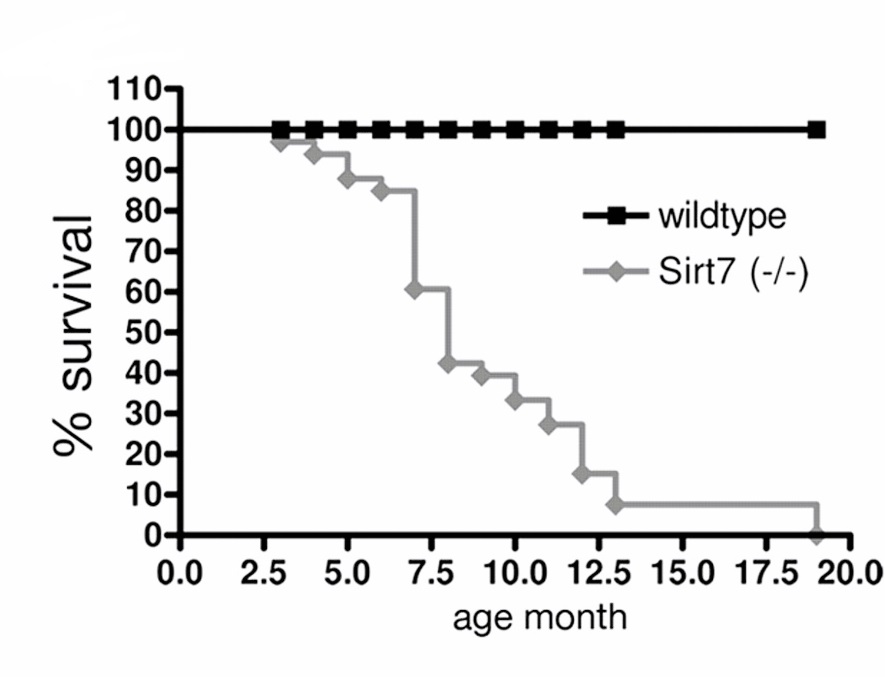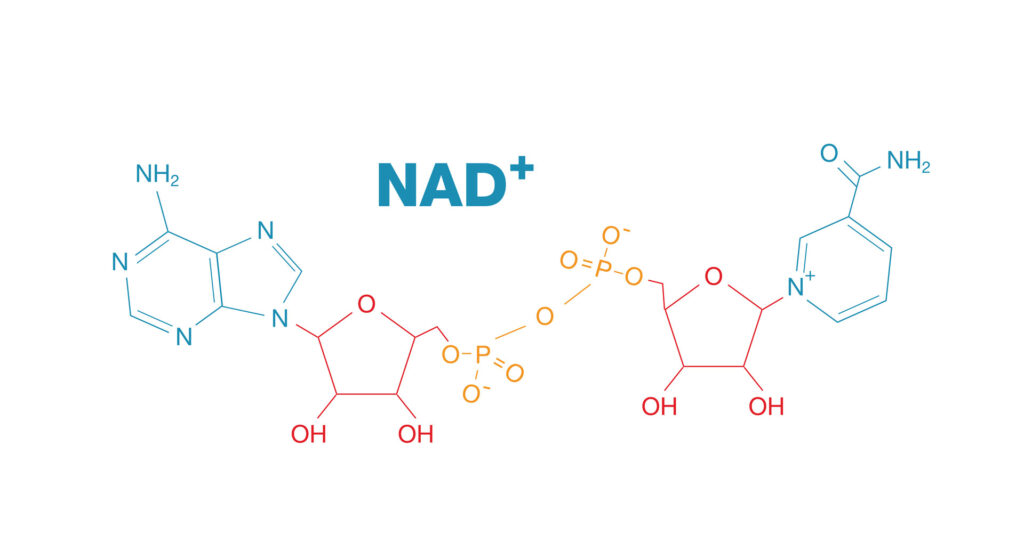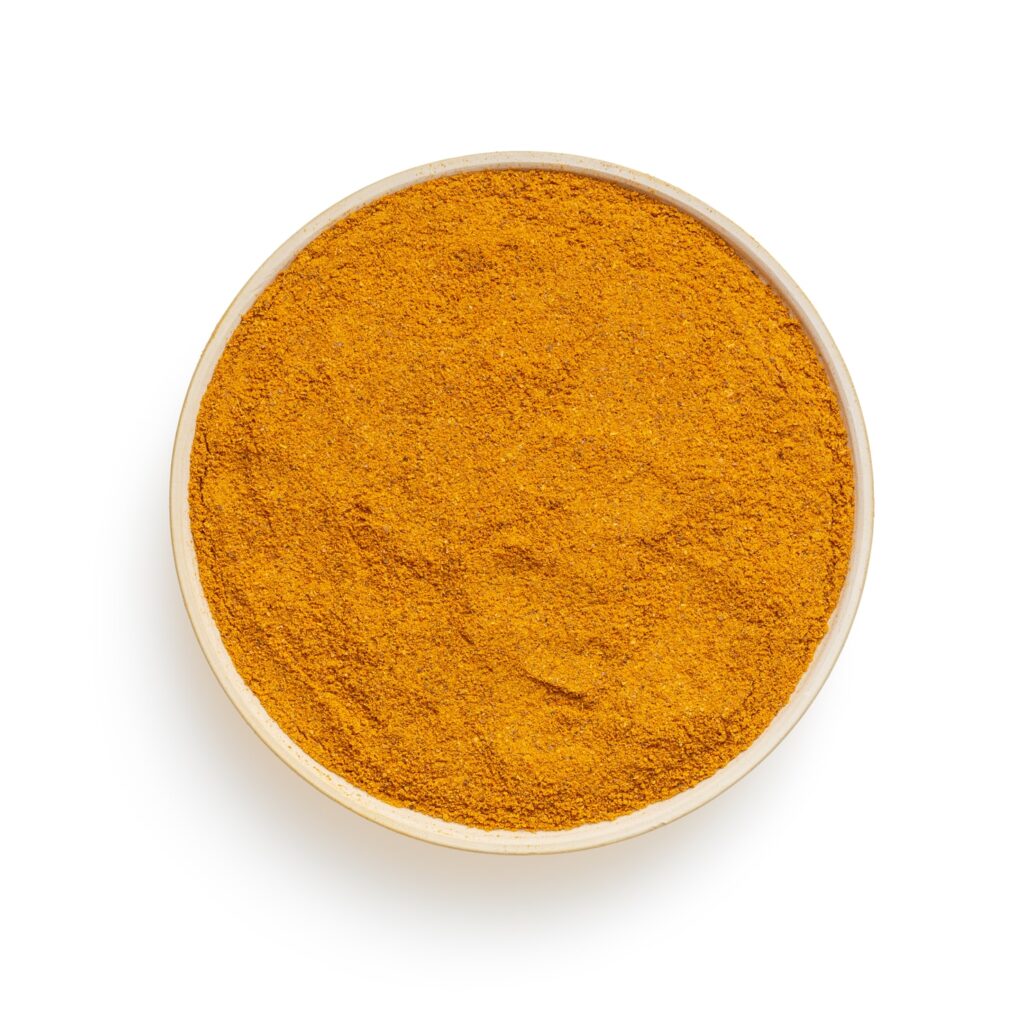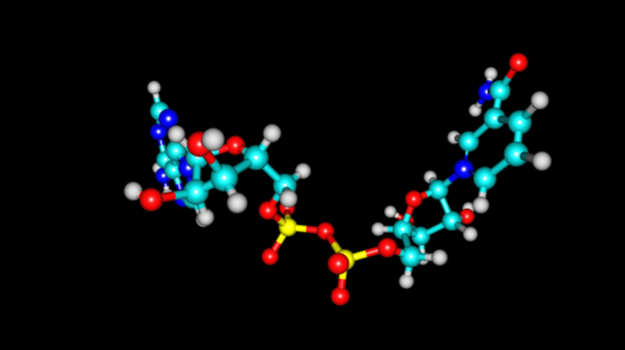What Might Cause The Significant Increase Of Sirt7?
Science • February 8, 2022 • 5min read

Introduction
Today we understand more about aging than ever before. Although many biological causes of aging remain to be discovered, we already know of some cellular pathways associated with aging.
Cellular pathways are a series of chemical reactions occurring within cells that involve proteins that transduce the signal and ultimately influence our physiology.
These pathways appear to be responsible for aging in single-celled organisms such as simple yeast to complex multicellular organisms such as us humans.
Some of these highly conserved pathways involve the activation of Sirtuin (SIRT) proteins. In humans, there are seven different Sirtuins (SIRT1–7). They are grouped into one Sirtuin family based on the fact their protein structures are similar and they all require NAD+ to perform their function. Nevertheless, Sirtuins may differ in their function and location in the cell.
Three members of the Sirtuin protein family, Sirtuins 1, 6, and 7, act as regulators of transcription and are located in the nucleus. Transcription is the first step in gene expression, a crucial cellular process that leads to protein production.
We currently know much less about Sirtuins 6 and 7 than about Sirtuin 1, the first discovered and best-characterized Sirtuin family member.
What Is The Role Of Sirtuin 7?
Sirtuin 7 is an NAD+-dependent deacylase, meaning that it cleaves acyl tags from proteins by a mechanism that requires NAD+. Acyl groups are chemical groups derived from organic acids, the binding of which to proteins can influence their function.
The main targets of Sirtuin 7 are histone proteins, proteins around which DNA wraps in the nucleus. By cleaving acyl tags from histones, Sirtuin 7 affects gene expression and genome stability.
What are more, mice that do not express Sirtuin 7 live shorter lives and are more prone to heart failure, suggesting a strong link between Sirtuin 7 activity and aging. The expression and activity of Sirtuin 7 could, therefore, be of interest for anti-aging interventions.

A survival curve showing a reduced lifespan of Sirt7 knockout mice. Source
What Activates Sirtuin 7?
NAD+
NAD+ stands for nicotinamide adenine dinucleotide and it is a molecule that helps enzymes, such as Sirtuins, perform their function. Since all seven Sirtuins require NAD+ for their activity, boosting NAD+ levels could be a way to activate all of them simultaneously.
NAD+ can be boosted through supplementation with NMN, nicotinamide mononucleotide, which is converted directly to NAD+ in our cells.
A recent study showed that supplementing with NMN increases NAD+ levels in immature mouse fat cells and increases Sirtuin 1 levels. This leads to an increase in levels of leptin, a protein that suppresses appetite, which can have a beneficiary metabolic effect.
 Chemical structure of NAD+. Source
Chemical structure of NAD+. Source
Caloric Restriction
Limiting your caloric intake without causing malnutrition is termed a caloric restriction. This strategy was shown to increase lifespan and provide multiple health benefits in a range of organisms, including mice, dogs, and primates.
The benefits of caloric restriction are thought to be mediated by Sirtuins. When Sirtuins are inactivated, many studies find that caloric restriction does not manifest its positive effect.
However, since adhering to low-calorie diets can be challenging for most people, there is growing interest in discovering compounds that activate Sirtuins. These compounds could mimic the effect of caloric restriction without the inconvenience of limiting caloric intake and risking malnutrition.

Caloric restriction can be beneficial for health. Source
Resveratrol
Resveratrol is the most potent naturally available Sirtuin activator known to date. It is found in large quantities in grapes, especially in grape skins which are included in the must during red wine vinification. Moreover, red wine is a very good source of the more potent form of resveratrol, trans-resveratrol, to which most health benefits are attributed.
Resveratrol activates Sirtuins through an allosteric mechanism. This means that the binding of resveratrol to Sirtuins causes them to change their protein structure in a way that benefits the binding of their substrates. As Sirtuins bind their target molecules more efficiently, their activity is increased.
A study on obese men found that supplementation with resveratrol induced beneficial metabolic changes. After a 30-day treatment, the resting metabolic rate and blood pressure of these individuals were reduced, and their respiration was improved compared to a control group receiving no treatment.
Individuals supplementing with resveratrol had higher Sirtuin 1 levels in their muscle tissues, as well as increased AMPK activity, both pathways associated with longevity and health benefits.

Red wine, a source of resveratrol. Source
Curcumin
Curcumin is a natural compound extracted from the spice plant turmeric. In addition to having antioxidant and anti-inflammatory properties, it is also proposed to function as an anti-aging factor. Some of its protective and lifespan-extending properties are attributed to the activation of Sirtuins.
One study looked at the effects of curcumin treatment on reducing cell death caused by amyloid-beta, the hallmark factor of Alzheimer’s disease. Treatment with curcumin was shown to reduce cell death caused by amyloid-beta in rat cortical neurons by increasing the level of Sirtuin 1 protein.
However, multiple studies show that the effect of curcumin on Sirtuins is highly dependent on its dose. In the case of Sirtuin 7, very high doses of curcumin cause its level to decline, but low doses of curcumin elevate its level.
 Turmeric powder, a source of curcumin. Source
Turmeric powder, a source of curcumin. Source
Conclusion
Due to their broad roles in disease prevention and intriguing potential to slow down aging, strategies to increase Sirtuin levels or activate Sirtuins attract high interest in the scientific community. Discovering Sirtuin-activating compounds which are safe and effective is one of the main focuses of the anti-aging field.
In conclusion, these novel compounds, as well as currently available Sirtuin activators may provide significant health benefits to individuals. By including them in our diets we gain more control over our overall health and aging.



